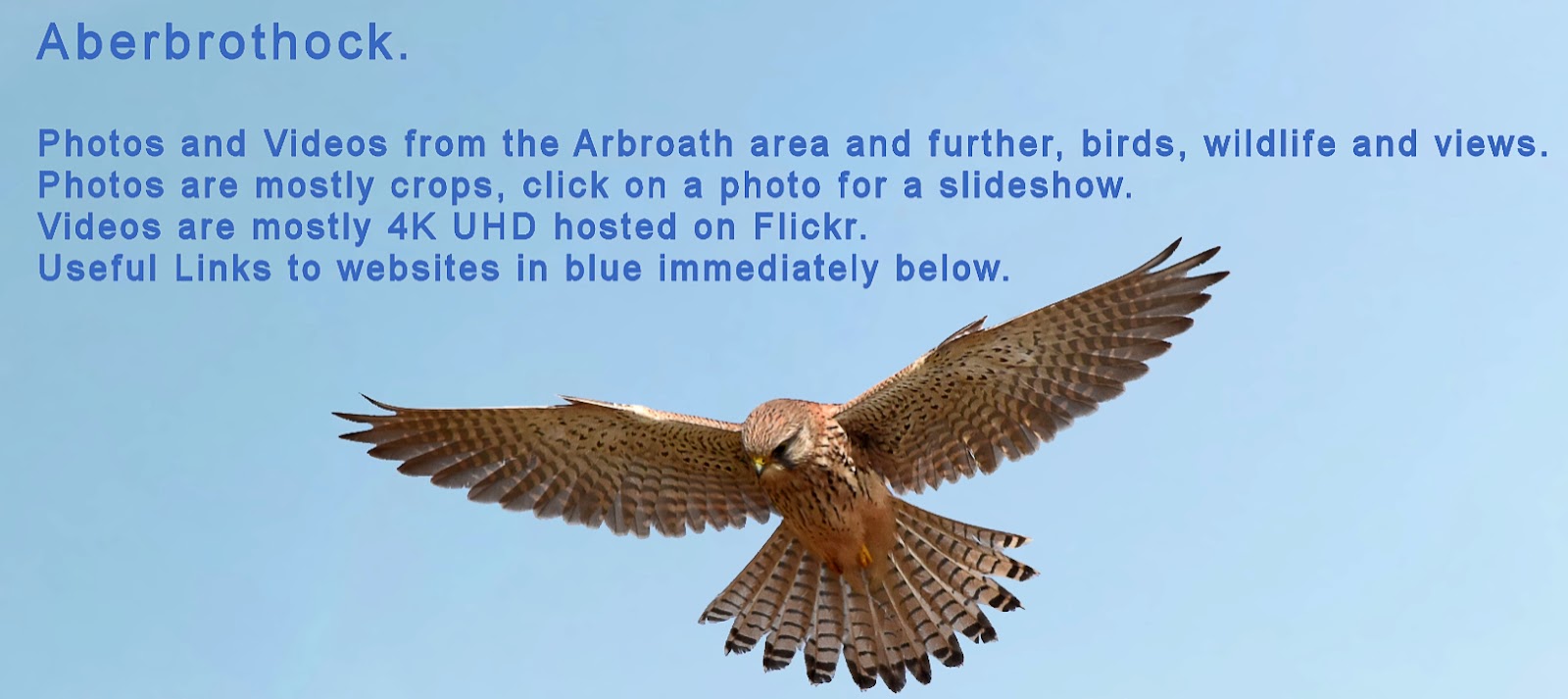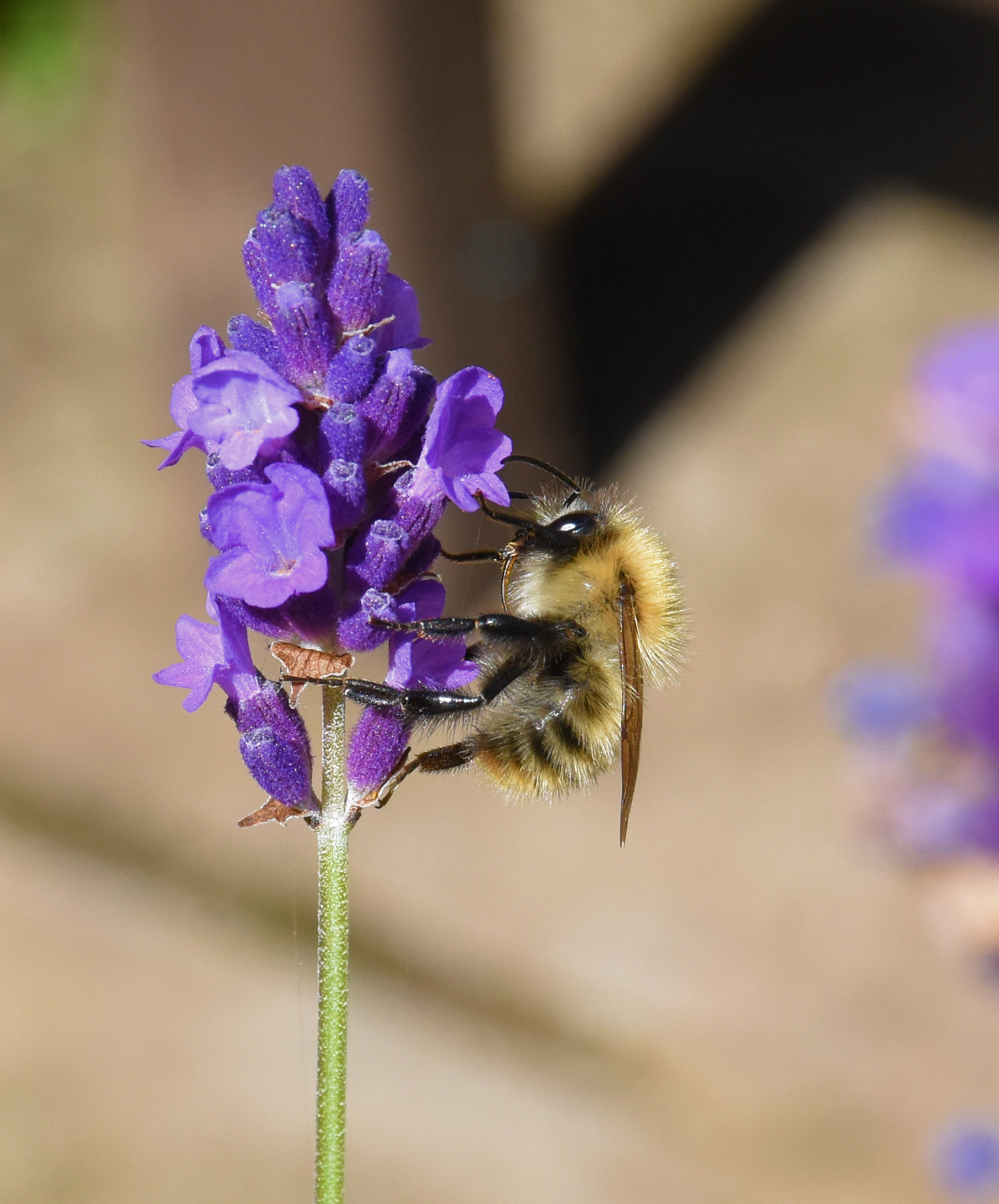I still went down to Arbroath Cliffs and these are some the birds and insects I saw.
At last a single Kittiwake in a place where I could get a photo
Same Kittiwake, it seemed a bit distracted, or maybe just tired
Juvenile Herring Gull, quite a number on the low rocks demanding to be fed
I like the detail on the wings of young gulls
I watched as the adults brought in a number of starfish, probably easy to find at low tide
Juvenile Kittiwake
Too close for a 400mm less
Kittiwake breeding seems to have been a success this year with many just about to fledge and more on the low rocks and out at sea
Six Spot Burnet Moth being bullied off a thistle by a White-tailed Bumblebee
Six Spot Burnet Moth
This massive tower has been around off the Arbroath coast for many years now, measuring wind conditions for the Seagreen Wind Farm that is now going ahead. Not sure when.
























































